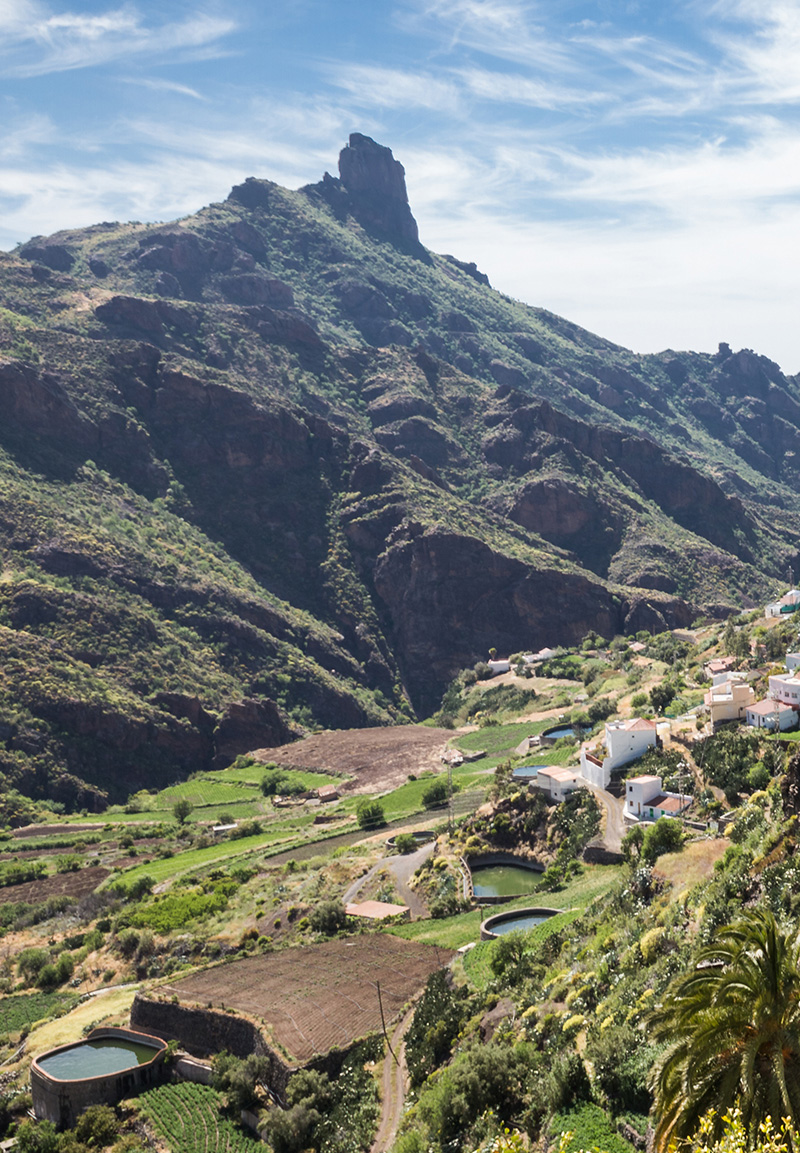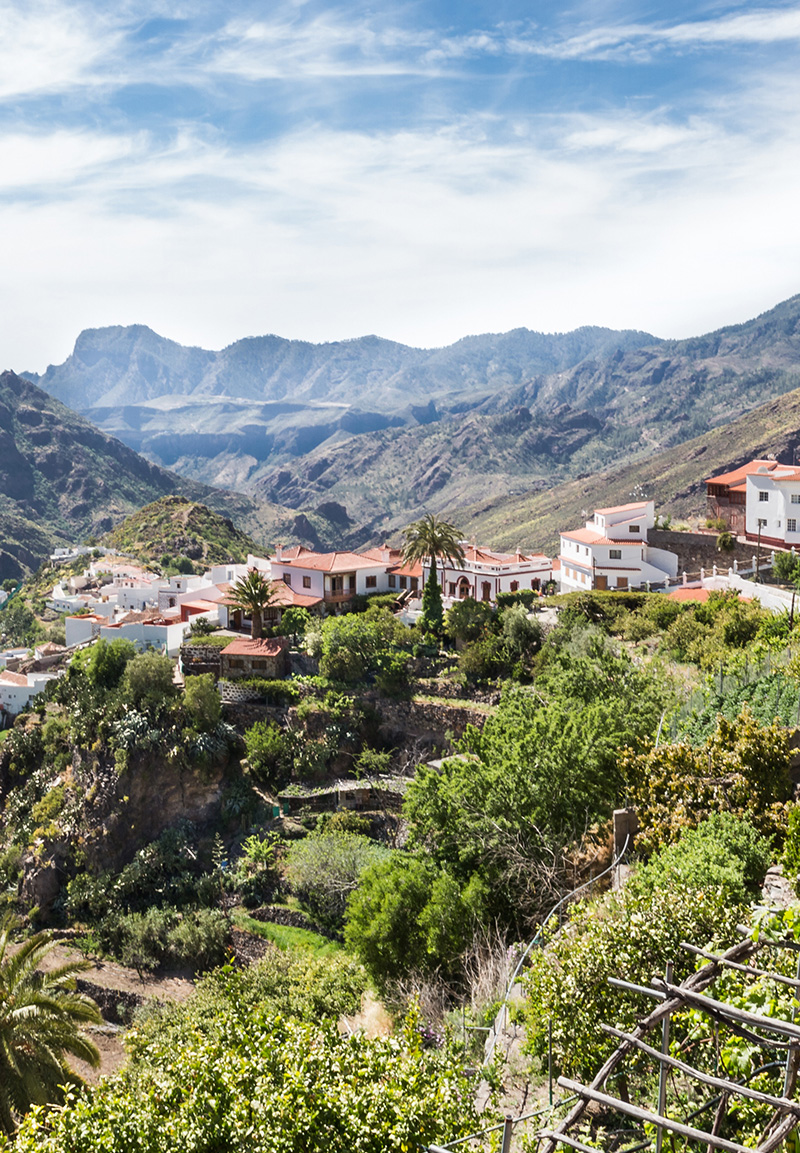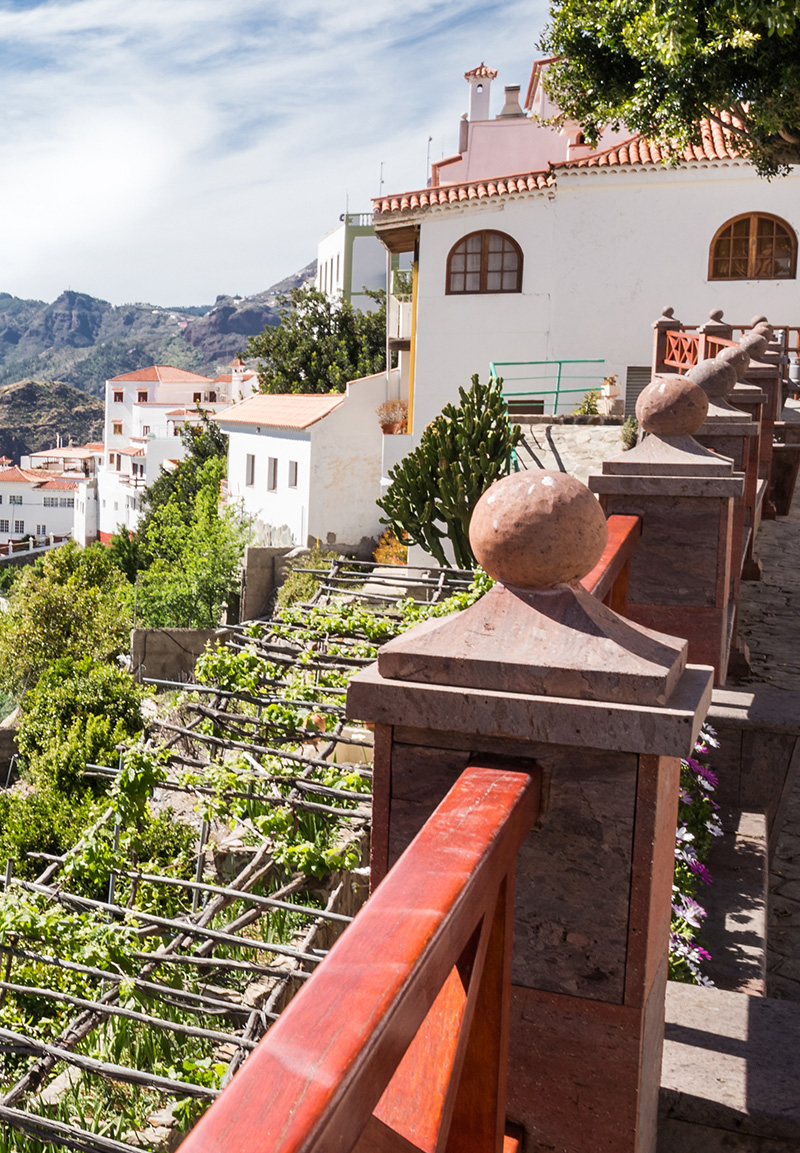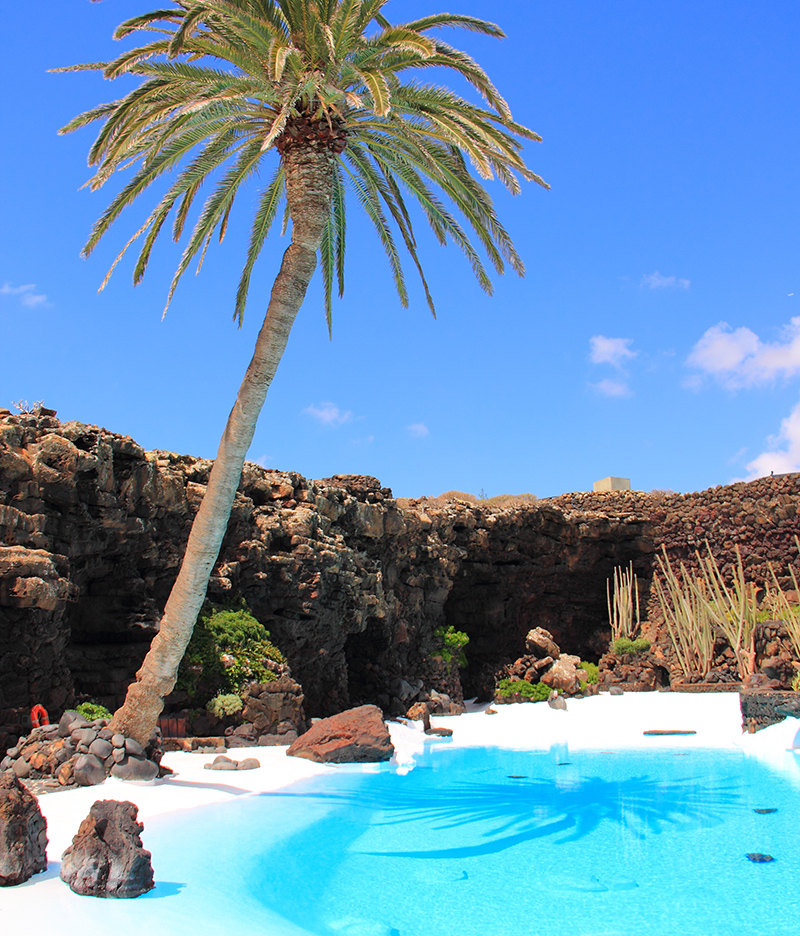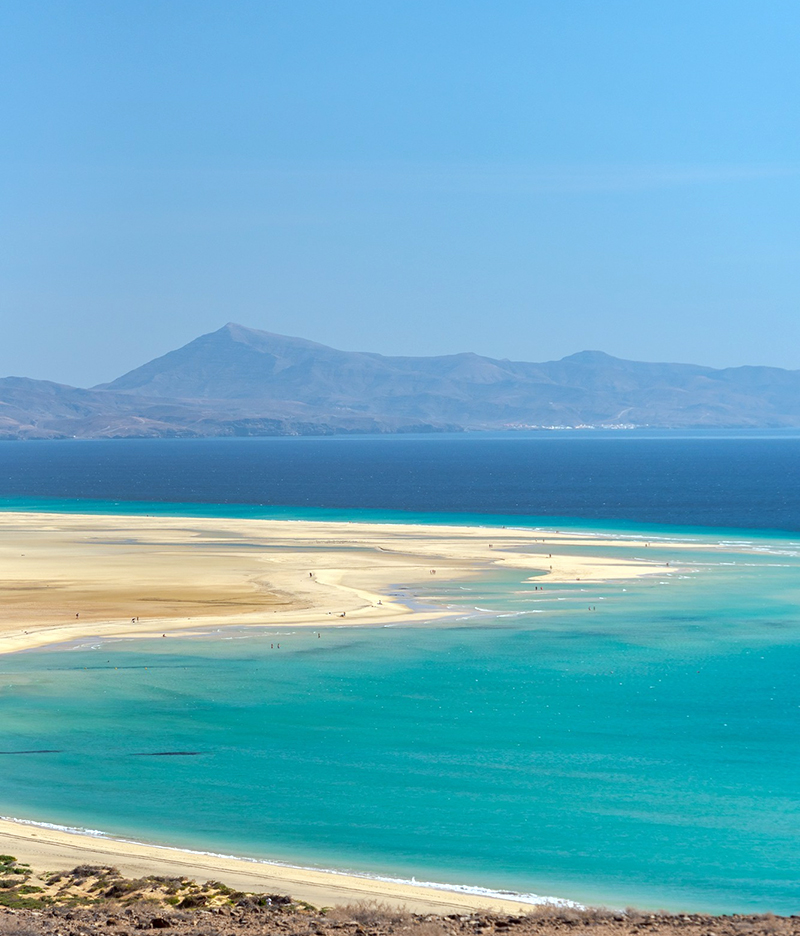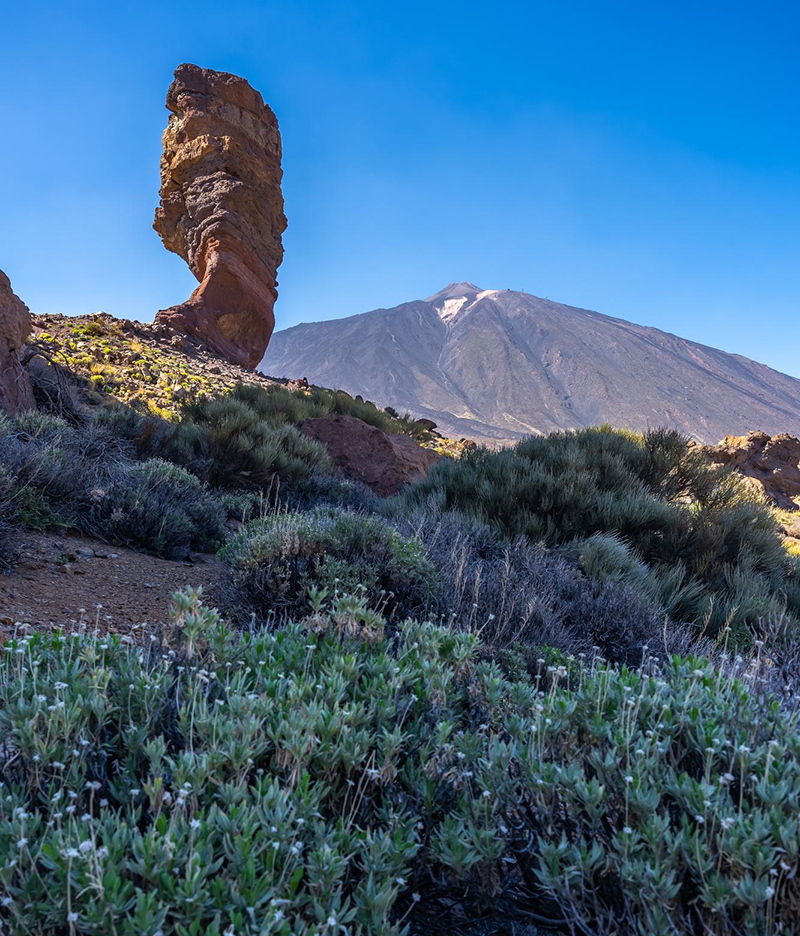Diving Into Marine Life – The Canary Islands boast an exceptional marine ecosystem, making them a paradise for divers and underwater enthusiasts. With their clear waters, diverse marine life, and unique geological formations, these islands offer a truly unforgettable diving experience. One of the most remarkable features of diving in the Canary Islands is the rich biodiversity found beneath the surface. The warm Atlantic waters are home to an incredible variety of species, including colourful tropical fish, majestic rays, and playful dolphins.
Divers can also encounter larger inhabitants such as magnificent turtles or even elusive whale sharks during certain seasons. Explorers will be enchanted by the impressive underwater landscapes that lie beneath these volcanic islands. The submerged lava flows create intriguing caves, arches, and tunnels that provide an enchanting backdrop for divers to explore. These geological formations are often adorned with vibrant corals and sponges that add to the visual spectacle.
In addition to its natural wonders, the Canary Islands also offer numerous shipwrecks waiting to be discovered by adventurous divers. These sunken vessels provide a glimpse into history while providing shelter for countless marine species.


